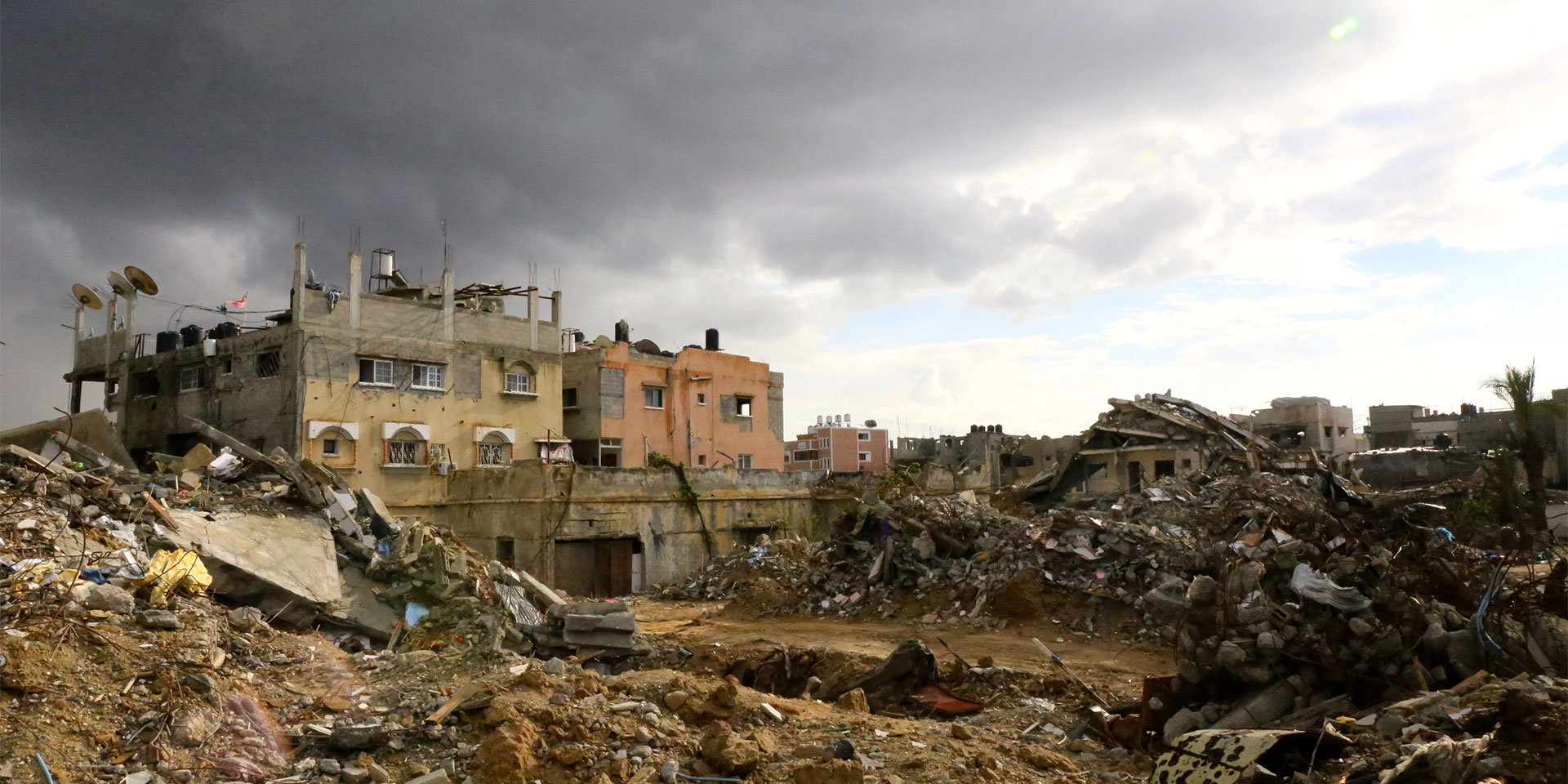When war kills not one but three of your children, what is there left besides hatred?
It was a cold December day and Izzeldin was surrounded by laughter and cheerfulness, things he was no longer used to. A couple of months before, his wife, Nadia, had been diagnosed with acute leukaemia and he, a renowned doctor working in an Israeli hospital, had helplessly watched her die. Life was, however, starting to slowly regain its course. That day he had gone out with his eight children to the beach and, watching them playing in the sand of the Mediterranean shore, he was reminiscing about his own childhood.
He grew up and was educated in the Jabalia refugee camp, in Gaza, a conflict area controlled by Hamas, a Palestinian military group. For him, “home” meant war. Among so many people wrought with hatred and a wish for revenge, Izzeldin sought peace and wanted to save lives. He was passionate about medicine and his exceptional results brought him scholarships from all around the world. He first studied medicine in Cairo, then at the University in London and at Harvard, and he completed his specialization in Italy and Belgium. Despite the opportunities he had, he did not settle in any of these countries. He always wanted go back to Gaza, where he believed he could contribute to re-establishing the peace.
In 1997, he was the only Palestinian doctor in a Jewish hospital.
He remembered how, in 1997, he was the only Palestinian doctor in a Jewish hospital and, at the same time, researcher at the largest hospital in Israel and the Middle East. Each weekend he would cross the border and go back home, to Gaza, to his family that had increased and now consisted of 22 members. His home was always open for his Jewish friends, to whom he spoke about reconciliation and the conviction that he would raise his grandchildren in a peaceful country.
A few weeks later after that walk on the beach, on January 16 2009, Izzeldin was home. It was a Friday, a regular day for the Abuelaish family, and Izzeldin was talking to his children in the kitchen. All of a sudden a missile from an Israeli air raid destroyed a big part of his house with a deafening thud. Following the attack, three of his daughters and one niece were killed instantly, and other members of the family were gravely injured.
In the immediate vicinity was a friend of his, a reporter for the Israeli public television, who immediately came with a camera. Desperation gripped Izzeldin when he saw his dead children recorded and broadcasted live. An entire nation saw, in the suffering of that father, thousands of other lives that had been destroyed by hatred. His cry brought both common people and authorities back to reality. The Israeli Prime Minister, Ehud Olmert, who had seen the story himself, declared: “Who could watch Izzeldin and not cry?” Two days later Olmert ordered a cease-fire.
“Who could watch Izzeldin and not cry?” Two days later Olmert ordered a cease-fire.
After his daughters’ funeral, Izzeldin realized the peace he had wished for Gaza was far away, so he left with the rest of his family to Canada. From there he wrote a book which was translated into 13 languages, I Shall Not Hate. The book tells of the hatred and violence which led to the death of his daughters and about how easy it would have been for him to let himself be overwhelmed by hate too. “It’s easy to destroy a life, but very difficult to mend it… Hatred is poison, a fire that consumes you on the inside. I shall not hate.” In his daughters’ honour he founded an organization that helps thousands of young women follow their dreams, just as Izzeldin would have helped his daughters, Maya, Bessan, and Aya. He participates in conferences all around the world to talk about peace.
Suffering is transformational. The direction in which this transformation goes is a matter of choice. Through the way in which he chose to see his daughters’ death, Izzeldin proved that peace and love were not just things he wished for those around him, but that they were part of his being, beyond life or death.
Andreea Irimia teaches computer science and technological education.
